How much aquarium gravel do I need? Aquarium gravel is an essential component of your tank. It’s not only used for the substrate of your aquarium, but it also provides the foundation for beneficial bacteria to form on its surface.
The purpose of this article is to help you determine how much gravel you need and how deep you should make that gravel bed so you can have a healthy aquarium environment!
How much gravel do you need? If you’re lucky enough to have a brand new aquarium or are thinking of getting yourself one, then you may have this very question on your mind right now.
Answering this question is not at all a difficult task, and all that it requires are some simple calculations. I’m going to show you how to calculate the amount of gravel needed by taking the size and shape of the tank into account.
Aquarium gravel is one of the most overlooked pieces of a complete aquarium setup. When you buy your fish, plants, and tank, most people tend to focus on the aesthetics and forget about the functionality. Your aquarium will look great, but without adequate filtration, you may not have a healthy aquarium.

How much aquarium gravel do I need?
Aquarium gravel is the most common substrate used in aquariums, and it’s also one of the most important things for an aquarium owner to know about. After all, there’s no point in having a fish tank if it doesn’t have gravel!
The amount of gravel you need depends on the size of your tank. A large tank should have at least 1 inch (2.5 cm) of aquarium gravel, while smaller tanks need only 0.75 inches (19 mm).
The more stable your substrate is, the more stable your water parameters are likely to be over time—and we all want our fish tanks to remain healthy!
It’s also important to note that adding more aquarium gravel isn’t a bad thing—in fact, it can help stabilize water conditions even further by increasing surface area and preventing algae growth due to increased light exposure on bare glass surfaces.
However, removing excess amounts from your aquarium can be tricky since they often contain beneficial bacteria colonies, which should not be disturbed too much during maintenance tasks like siphoning out dead plant matter from between rocks.
Or digging them up entirely when cleaning out substrate layers completely from inside bigger filter systems like sump pumps, where multiple pumps work together alongside similar-sized pipes leading into and out of them.
With different sizes used depending on what type works best for each individual, as well as ensuring nothing gets stuck beneath rocks, which could cause pipe blockages.
Leading away from pumps, which would either make them malfunction due to too much pressure being applied against their valves, causing leaks everywhere (I haven’t yet had any major issues with this happening yet, but it might happen eventually once my filter system gets really old);
Which brings me back to why I prefer smaller tanks to larger ones: they don’t necessitate nearly as much maintenance work every week or month, depending on usage levels in town.”
Points to keep in mind
- Why do you need aquarium gravel?
- aquarium gravel substrate types
- What is the recommended gravel?
- Deciding how much gravel you need
- How deep should your gravel bed be?

Why do you need aquarium gravel?
Aquarium gravel is a great addition to any aquarium because it provides many benefits. The first benefit of using gravel is that it provides a substrate for the fish to swim in and around.
This makes the tank look more natural and allows the fish to feel like they are in their natural environment. Second, gravel helps provide nutrients and oxygen to plants so that they can grow properly and stay healthy.
Thirdly, bacteria will live in this area as well, which helps break down waste from fish food or other debris that may get into your tank by accident. Lastly, if you have live plants growing in your tank, you will be able to harvest them for food later on!
Gravel is one of the most important things to have in an aquarium. Most aquariums come with gravel, but if yours did not, you should be able to find some at your local pet store or online.
There are many different types of gravel available, so it can be difficult to decide which one is best for your tank. The best type of gravel is usually crushed coral because it allows water to pass through while still providing plenty of benefits.
Aquarium gravel substrate types
Aquarium gravel, also known as substrate, is the material that forms the floor of your aquarium. It provides a surface for plants to grow on, a place for beneficial bacteria to live and filter out harmful toxins from your fish’s water, and helps keep the pH of your tank stable.
The type of aquarium gravel you choose depends on a few factors: What kind of fish do you plan on keeping? Are you setting up an outdoor or indoor aquarium? Do you want to use decorative pieces like rocks or wood chips?
Here are some common types of gravel:
Aquarium sand: This is made from crushed seashells that resemble tiny grains of sand (hence its name).
It’s more expensive than most other types but has high levels of calcium carbonate content, which makes it ideal for marine tanks since it buffers against fluctuations in pH levels while promoting healthy coral growth.
However, if you’re looking to use this type of substrate with freshwater fish, it may not be the best choice because they prefer harder substrates like pebbles or rocks, which are more difficult for predators like crayfish or snails to burrow through.
Also, these animals can’t live for long if there aren’t enough food sources nearby. If they don’t get extra food, sand may not give them all the nutrients they need over time! How much gravel do i need for a 30 litre fish tank? Check out gravel calculator.
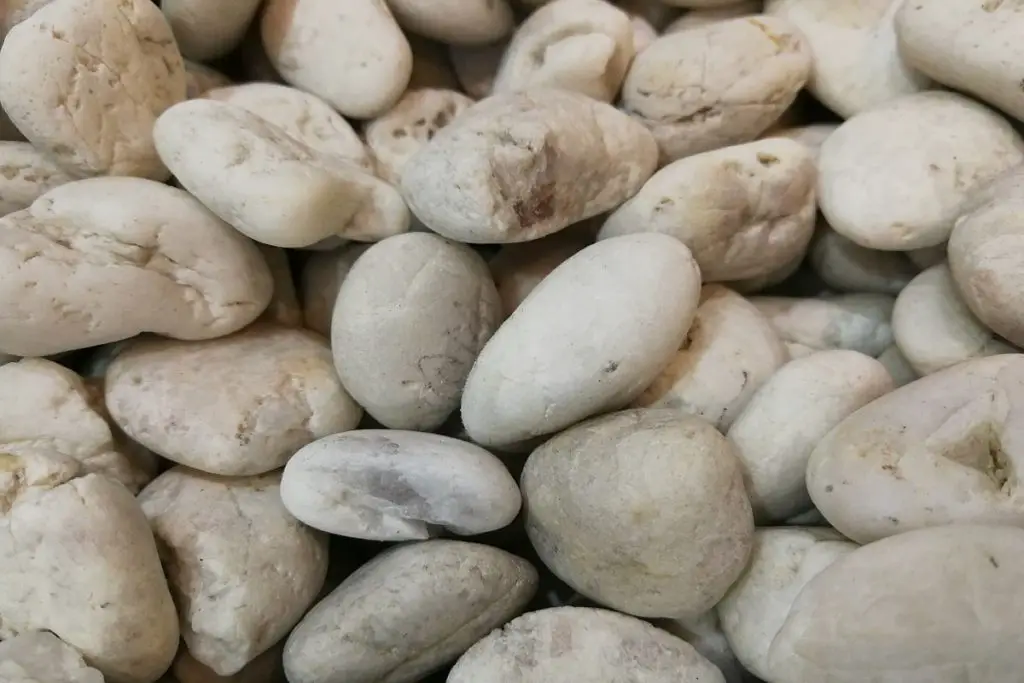
What is the recommended gravel?
There are a variety of different types of aquarium gravel available, but the most common are granite, ceramic, and glass. All three of these options come in a wide range of colors and patterns.
Sand is also an option if you prefer something a little more natural-looking, though some aquarium owners may not like the texture or feel of sand in their tanks.
Rocks are another option if you want to keep your tank looking natural—the only drawback here is that they tend to have sharp edges that could damage your fish’s fins (if they’re small enough).
How do you know if your gravel is contaminated? One way to test this is to place a small amount of aquarium water on a clean glass surface and let it sit overnight.
If there are any contaminants in the water, they’ll stick to the glass. Another method is to use a black light. If any bacteria or algae are present, they’ll glow under the black light.
A third way is to test your water for ammonia, nitrite, and nitrate levels. If any of these are present in measurable amounts, that means your aquarium is not cycled yet, so you’ll want to wait until they’re gone before adding any fish.
What should you do if your aquarium is contaminated? The best thing to do when this happens is to simply wait until the water clears up on its own.
However, if it doesn’t clear up within a few days or so (and especially if there are signs of fish stress), then you’ll need to do an aquarium detox.
Best aquarium gravel
Top pick

$25 AquaNatural Gold Pearl 20lb Gravel Substrate for aquascaping
Triple washed and kiln dried – this is one of the cleanest aquarium sustrates available, no toxins, no foreign matter, 100% natural pebble.
Editor’s choice

$17 AquaNatural Diamond Black 10lb
Quartz Gravel is the Rolls-Royce of our range. Natural Quartz not only looks wonderful but has also been shown to help reduce the build up in the aquarium. This is partly due to the huge surface area of quartz
Best value

$24 12 Pounds River Rock Stones, Natural Decorative Polished Mixed Pebbles Gravel
Contains a wide variety of natural colors and shapes.
They are long lasting and will not deteriorate like mulch does.
Deciding how much gravel you need
How much gravel you need depends on the size of your tank and the type of gravel you’re using. If you have a smaller aquarium, you’ll need less gravel than if you had a larger one.
The same goes for very fine or coarse gravel; coarser grains take up more space than finer grains, so again, it’s all about proportion.
A good rule of thumb is to use one pound of aquarium gravel per gallon of water in your tank, although some sources suggest using two pounds per gallon instead (and others recommend using three).
Although this will give you a safe number as far as volume goes, it won’t tell you how difficult or easy it will be to clean out any uneaten food particles that get stuck between rocks over time. In general, though, smaller aquariums require less cleaning than larger ones because they have a smaller surface area overall!
Coarse-grained substrates like lava rock are harder to clean because they don’t allow much room between layers where food can hide from fishy teeth!
If you’re setting up a brand new aquarium, it’s best to use gravel that’s already been pre-washed. This will save you time and effort in terms of cleaning out your tank.
But if your aquarium is already set up, you don’t need to buy pre-washed gravel. Just rinse off any old substrate before adding new rocks.
When choosing a substrate, try to pick something that looks nice in your tank and won’t break the bank. You can find different types of gravel at any pet store or online—just make sure it’s appropriate for aquarium use!
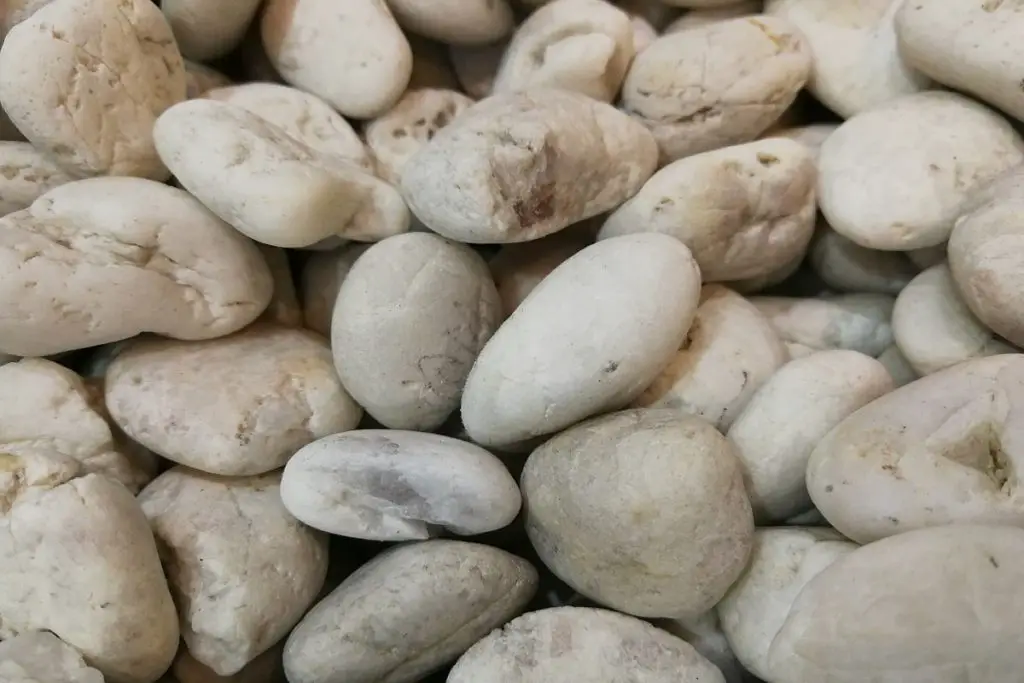
How deep should your gravel bed be?
The depth of your gravel bed should depend on what you plan to use it for. A shallower gravel bed will be less stable than a deeper one, but it’s easier to clean and maintain.
You’ll want to keep the level of your substrate about halfway up the tank so that enough light can reach your fish and plants through the water column.
If you go any lower than this, there won’t be enough oxygen available for your fish or biological filtration from beneficial bacteria in your substrate.
A deeper gravel bed is more stable because it has less risk of shifting around if something happens (like an earthquake!).
It also makes it easier for good bacteria to grow by increasing the contact between oxygenated water above ground and decaying organic matter below ground.
The downside is that it takes longer for carbon dioxide gas to dissolve into water at greater depths.
The optimal depth of your gravel bed depends on what you plan to use it for. A shallower gravel bed will be less stable than a deeper one, but it’s easier to clean and maintain.
You’ll want to keep the level of your substrate about halfway up the tank so that enough light can reach your fish and plants through the water column.
If you go any lower than this, there won’t be enough oxygen available for your fish or biological filtration from beneficial bacteria in your substrate.
Best selling aquarium
Top pick

$220 SeaClear 20 gal Acrylic Aquarium Combo Set, 24 by 13
When quality determines the choice, the choice is clear: SeaClear. No one can match the quality of SeaClear’s virtually invisible seams, which are backed up by the industry. For the discerning aquarist for whom nothing but the best will do, SeaClear can make even the most extreme aquatic dreams come true.
Editor’s choice

$400 Tetra 55 Gallon Aquarium Kit with Fish Tank
For 50 years, fishkeeping enthusiasts have looked to the Tetra name for products and solutions that add ease and beauty to their home. Whether you’re an experienced hobbyist or just starting out, Tetra has everything you need–from a large variety of quality fish food and innovative equipment to test kits and decor.

FAQ
1. How do I calculate fish tank gravel?
Multiply the length of the tank by the width of the tank – For example 30 inches x 12 inches = 360 inches.
Divide the answer by 10 – For example 360 inches / 10 = 36.
Convert your answer into kg (kilograms)- to do this divide the answer by 2.2 – For example 36 / 2.2 = 16.4 Kg.
2. How many bags of gravel do I need for a 55 gallon tank?
Fish enthusiasts may opt for a 55-gallon tank to create a realistic habitat for a sizable population of fish. A large, 55-gallon tank will require a whopping 55 pounds of gravel to keep fish healthy and happy.
3. How much gravel do fish tanks need?
As a general rule of thumb, I recommend adding 1-2 inches (2.5-5 cm) of gravel to your fish tank. This means, that you will have to get about 1-2 pounds of gravel per gallon of water volume.
4. How deep should gravel be in aquarium?
Gravel needs to be at least two inches deep to anchor live or artificial plants, or if covering an undergravel filter. Too deep and the tank loses fish swimming height, and it traps a lot of dirt.
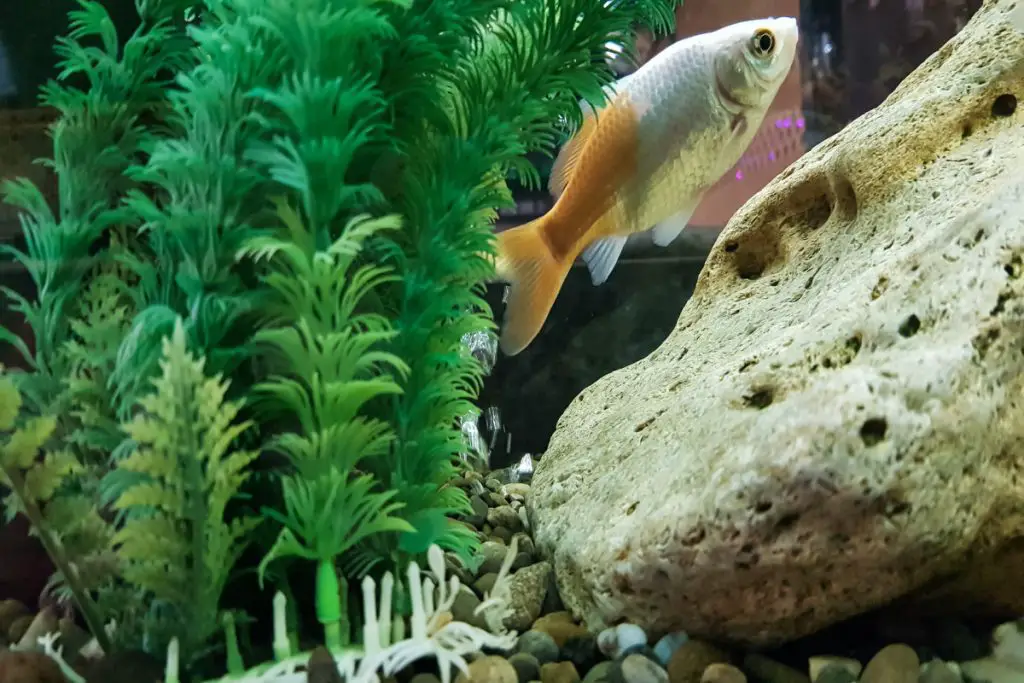
Conclusion
Finally, it is suggested that you have 1-2 inches of gravel in the bottom of your aquarium.This will give your fish enough room to swim around and also provide them with food from the algae on top as well as underneath your gravel bed.
To get a general guideline for your aquarium, multiply the length and width by 2. This will give you the total square dimensions of the aquarium in gallons.
If you like to keep live plants in your aquarium, you may need an extra inch or two of gravel. Gravel is a simple concept for most people, but for others, it can be confusing.
There are many types of gravel, and each type has a different size, like pea gravel, small gravel, large gravel, extra-large gravel, and sometimes craft rock that is used in aquariums.
One gallon of gravel weighs about seven pounds. The easiest way to determine how much you need is to calculate the number of gallons you will use first.
Read more articles: Aquarium Undergravel Filter
Other related articles
- 5 Best Aquarium Lamp You Can Buy Now
- Aquarium 120 Liters | The Best Fish and Plant Options
- 10 Fascinating Facts About Aquarium Jellyfish You Didn’t Know
- Aquarium Aesthetic | The Art Of Aquarium Design
- Top 10 Aquarium Stand for Every Budget and Style
- 5 Compelling Reasons Why Fish Farming is Essential
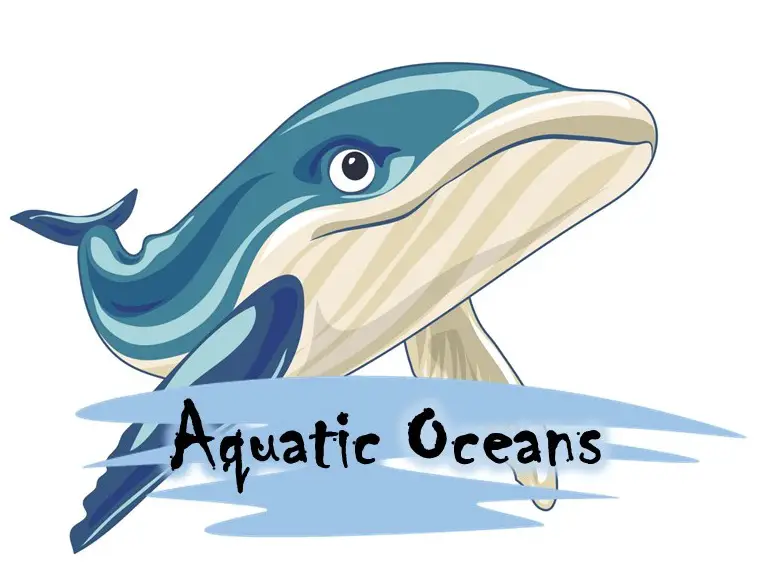
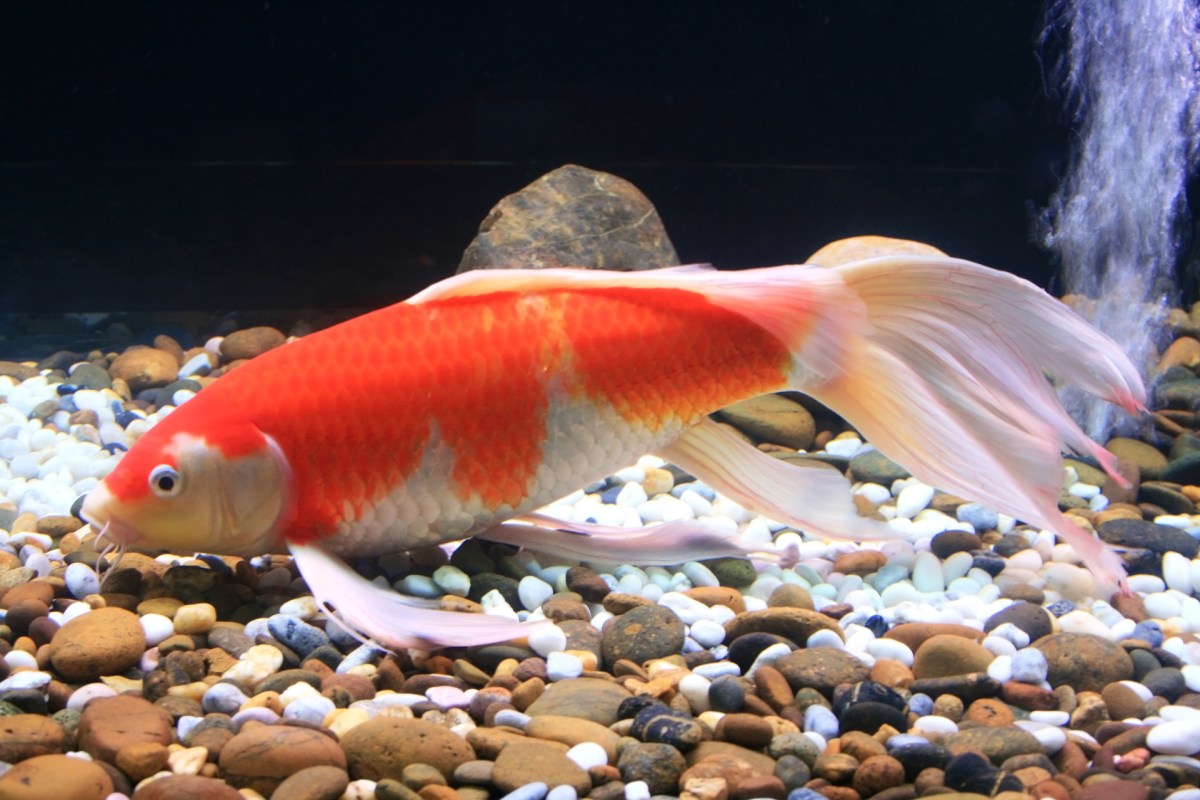
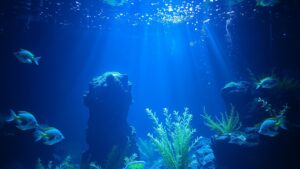

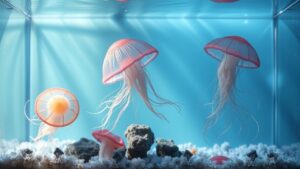


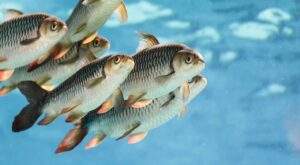
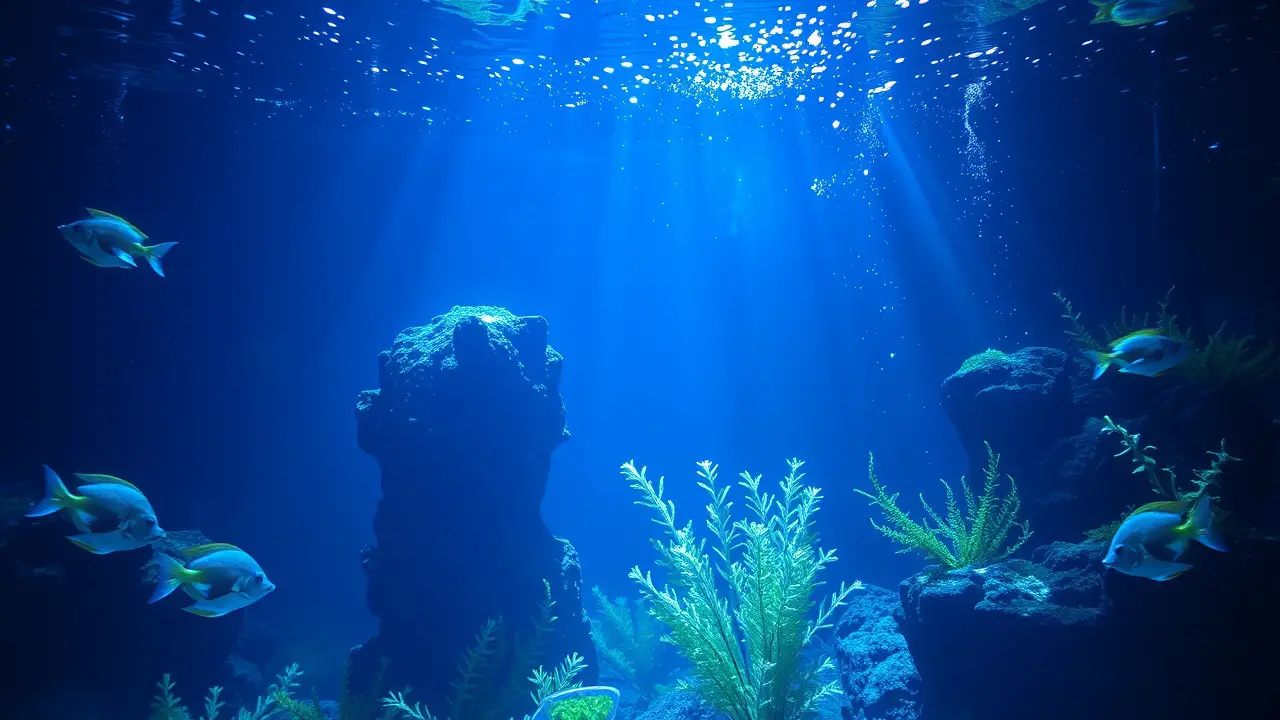
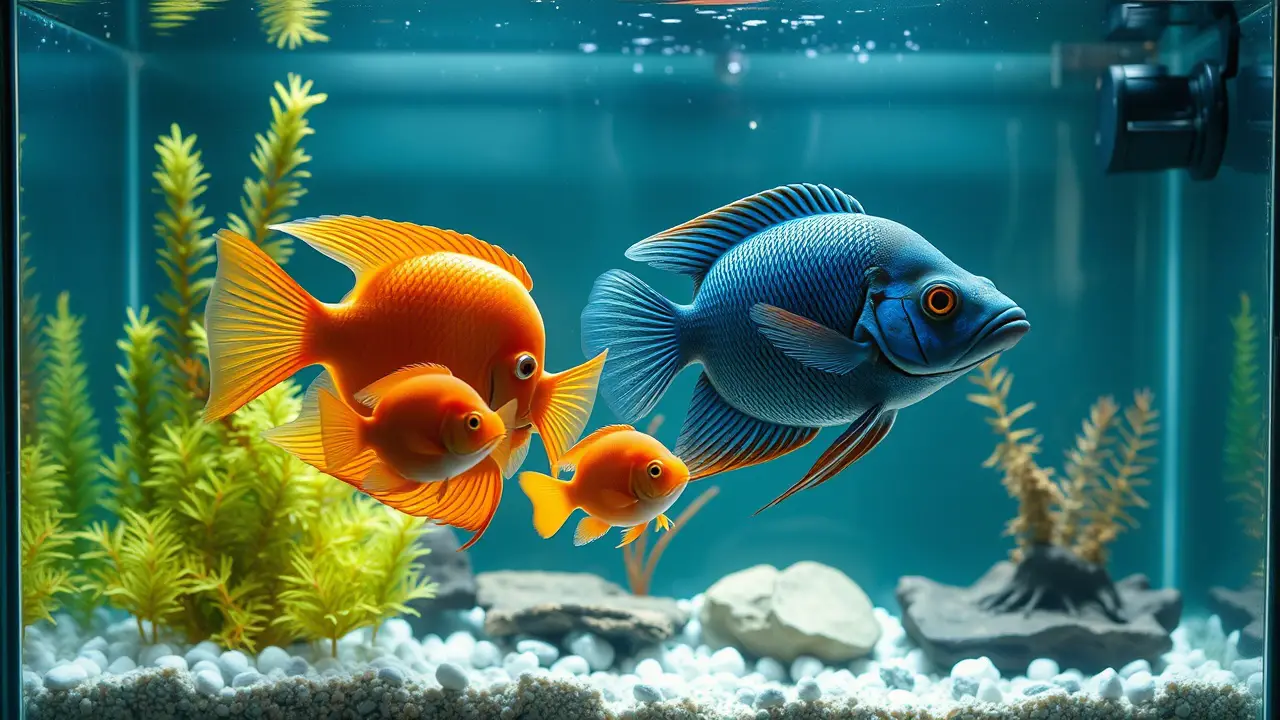

Leave a Reply